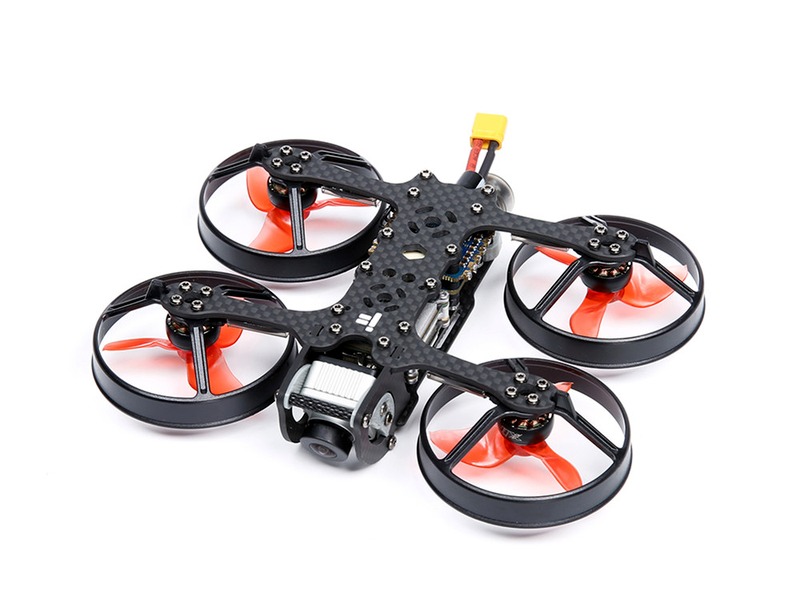How do drones turn left and right?

When a drone is in flight, it must be able to turn left and right in order to maneuver through the air. This is accomplished with the help of two primary components: the drone’s propellers and its onboard flight control system.
The propellers on a drone are responsible for providing the thrust to keep the drone in the air. Each propeller has an independent motor, which enables the drone to change its direction of travel. By adjusting the speed of each motor, the drone can turn left or right.
The drone’s onboard flight control system is responsible for controlling the motors on each propeller. This system constantly monitors the drone’s position and velocity, and adjusts the speed of each motor accordingly. When the drone needs to turn left or right, the flight controller adjusts the speed of each motor so that the drone’s rotational velocity changes. This creates a force that causes the drone to turn in the desired direction.
The flight controller also has sensors that measure the drone’s orientation in space. This information is used to help the drone maintain its position and orientation during flight. For example, if the drone needs to turn right, the flight controller will adjust the speed of the left motor to be higher than the right motor. This causes the drone to rotate clockwise, which results in a right turn.
In addition to its motors and flight controller, a drone also has an inertial measurement unit (IMU). This unit measures the drone’s acceleration and rotation, which helps the drone maintain its orientation in space. The IMU also helps the drone determine its location and altitude.
Overall, drones turn left and right by adjusting the speed of each of its four motors. The onboard flight control system monitors the drone’s position, velocity, and orientation and adjusts the speed of the motors accordingly. The IMU helps the drone maintain its orientation in space and determine its location and altitude. Together, these components allow the drone to successfully maneuver in the air.
Comments / Question
2. Make sure the area is free of obstacles and that the drone is in a stable hover before turning.
3. Check the battery level and make sure the drone has enough power to complete the turn.
4. Use the appropriate control sticks to make the turn and keep the drone moving at a slow, steady speed.
5. Monitor the drone’s altitude and make sure it does not exceed the legal flying height.
6. Avoid making sharp turns as this can cause the drone to lose control and crash.
7. Always be aware of your surroundings and other aircrafts in the area.

